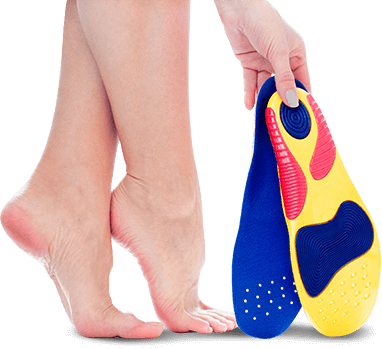Plagiocephaly Counter-Positioning and Helmeting
)
Counter-positioning: Placing your baby on the part of the head that is not flat is the first line of defence to help re-shape the head. If started early enough, the mild flat spot may correct itself since the head is growing. The best time to start counter-positioning is before 5 months of age since the baby hasn't developed the muscle strength to over-ride pads/towels etc.
It is very important to use counter-positioning techniques when the baby is sleeping or lying down on the back. Always avoid the baby sleeping on the stomach. Some will use a rolled-up towel to tilt the baby at a 45-degree angle to avoid contact on the flat spot. Placing toys on the opposite side of the crib to encourage turning away from the flat spot is also effective when the baby is awake. Speak to your pediatrician about these counter-positioning techniques.
Try also to make sure that your baby does not spend too much time in a baby car seat. In this situation, your baby may still favour lying on the flat spot for long periods of time.
Supervised tummy time a few times a day is another way of keeping your baby off the flat spot. It is also very important in helping the baby interact and gain neck and shoulder muscle strength. It will not be their favorite position at first but with time they will like it.
Check with your physician/pediatrician to see if torticollis is also present. This could contribute to the plagiocephaly and should be addressed right away. Torticollis will be addressed in a future blog.
Counter-positioning can be a very useful technique to re-shape the head of a baby with mild plagiocephaly. Results can be seen within a month or so if the techniques are achieved. If counter-positioning is not effective, helmeting would be another option.
Please contact us for more information on plagiocephaly and infant hemets
| Tags:PlagiocephalyHelmets |



